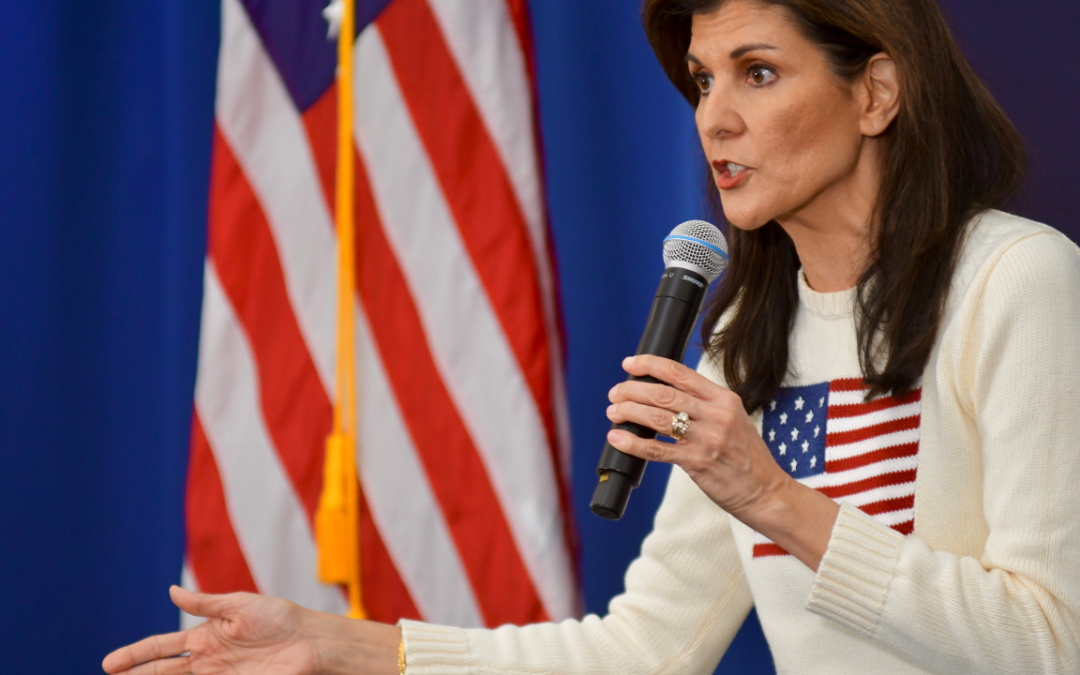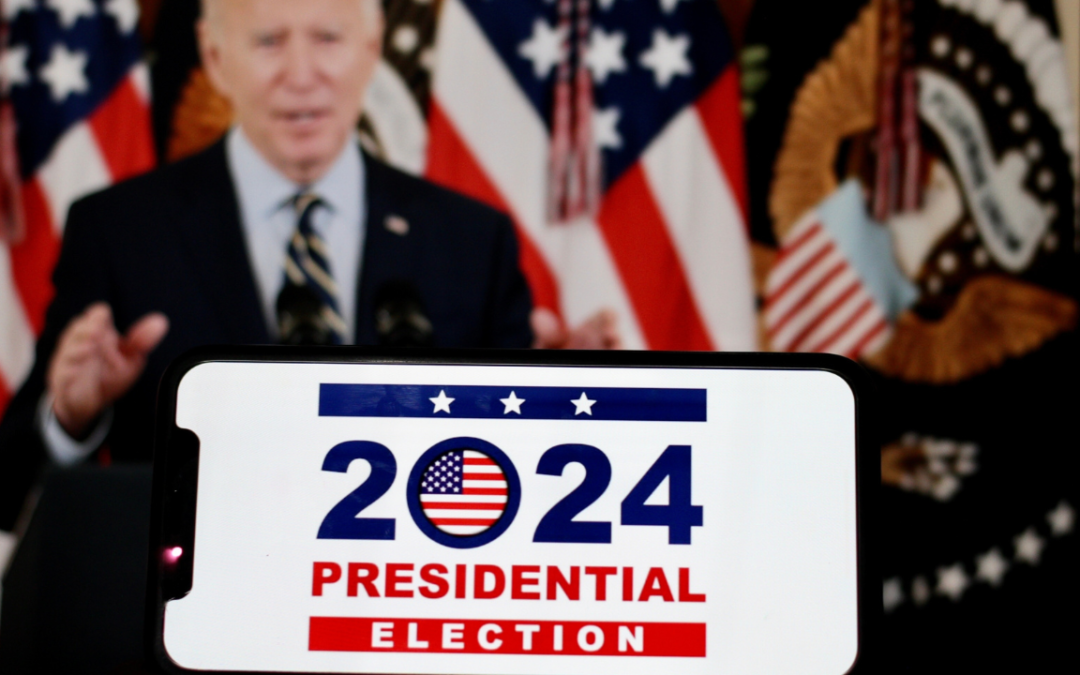Originally published at Project-Syndicate | Jul 27th, 2023
The Biden administration’s plan to expand income-driven repayment options for student loans is a step in the right direction. But to address America’s longstanding and increasingly burdensome higher-education financing challenge, Congress will need to do its part.
PRINCETON – Some 44 million Americans currently owe $1.6 trillion in student loan debt, and more than seven million of them were in default prior to the pandemic repayment pause. Since this crushing burden is associated with reduced homeownership, degraded credit ratings, and delayed marriage and child-bearing, lawmakers and advocates have pushed for blanket student loan forgiveness. However, a recent effort by the Biden administration to cancel $430 billion of student-loan debt was struck down by the Supreme Court as unconstitutional.
While much of the public focus has been on the Court’s ruling, a one-time loan cancelation was never going to be a lasting solution to the ongoing challenge of financing higher education in the United States. We still need to figure out how to help students invest in their education without saddling them with crushing debt in the first place. A critical step forward would be to replace the existing system with a standard repayment plan that aligns payments with a borrower’s ability to pay.
Funding for post-secondary education in the US comes from the public sector (state and local appropriations and federal grants and contracts) as well as from private gifts and contracts, with the remainder covered by student tuition and fees. But an underappreciated fact is that state and local contributions have not kept pace with the increase in cost. In 1980, tuition and fees paid by students represented only 13% of the cost of education at public institutions; by 2020, this share had risen to nearly 20%. Students and their families have increasingly borrowed to cover the cost.
There are many proposals for making higher education more affordable, such as offering free (two-year) community college or eliminating student loans altogether. Given that post-secondary schooling yields benefits for all of society – through greater tax contributions, higher productivity, reduced dependence on the social welfare system, and so forth – some public subsidization of the cost of higher education makes sense.
At the same time, it also makes sense for students to bear some responsibility for a share of the cost of the education they acquire. After all, post-secondary education and training are well known to increase the likelihood of being employed, boost lifetime earnings, improve health outcomes, and offer other benefits to the individual. Given the substantial private return, it is appropriate that loans remain in the financial-aid portfolio.
But the standard federal student loan under the existing program does not align with the economic realities of post-secondary schooling and the labor market. And, though education is a risky investment that does not pay off for everyone, students face complex and limited options for reducing repayment burdens and are prohibited from discharging the debt through bankruptcy.
Equally important, the standard repayment plan expects students to repay their loans over the first ten years of their careers, before most have hit their peak earnings. Even for those whose investment pays off over time, the financial burden may be too high during the repayment period.
Aiming to solve these problems, Congress and the Department of Education have, over time, created several income-driven repayment (IDR) programs – a bipartisan idea that dates to the mid-twentieth century, when it was endorsed by economists Milton Friedman and James Tobin alike. Unlike a mortgage, which requires borrowers to pay a pre-determined amount each month, IDR plans set the payment at a percentage of borrowers’ income. Set optimally, borrowers repay their loans on average, but should they fall on hard times or select an occupation that does not pay well (such as working in the public sector), they can repay what they can of their loans without undue financial hardship.
Given these merits, it is not surprising that many economists have advocated for such programs. But the existing plans are not optimally designed. Borrowers must opt into an IDR over the standard repayment plan. Payments are based on the prior year’s income, which means they do not seamlessly adjust to changes in borrowers’ earnings and employment circumstances. Nor do they automatically adjust to borrowers’ current hardships, necessitating complicated forbearance and deferment rules and requiring annual recertification. Further, the plans have different eligibility rules, payment rates, repayment periods, and definitions of discretionary income. As a result, choosing a plan is so confusing that to date only a minority of eligible borrowers take advantage of them.
As a stopgap measure, the Biden administration has introduced Saving on a Valuable Education (SAVE), an even larger, more generous IDR plan than the existing options. The hope is that the new program will be so obviously advantageous that more students will sign up for it, rather than stick with the traditional plan. But SAVE is far from perfect. It will not be the default plan, and it still bases payments on the past year’s income. As a result, it is not clear how effective it will be at addressing the country’s student-debt crisis and higher-education financing challenges.
More to the point, SAVE is an expensive plan layered on top of a labyrinth of other student-loan options. That brings us to the larger problem: the Department of Education cannot simply eliminate plans created by Congress. Genuinely transforming federal student loans requires Congress to phase out all existing IDR plans and replace them with a well-structured IDR plan as the default. Ideally, such a plan would be administratively straightforward and designed to encourage students to assume a responsible level of debt to pay for valuable education programs.
Structured properly, an IDR plan helps to address one of the biggest challenges in higher-education financing in a way that need not unfairly burden taxpayers or saddle students with unmanageable debt. While even a well-designed IDR would not solve all the problems in the financing of higher education in the US, making IDR the default repayment plan for student loans would be a huge improvement, and is a reform that both parties should be able to get behind.
Cecilia Elena Rouse: Former chair of US President Joe Biden’s Council of Economic Advisers, is Professor in the Economics of Education and Professor of Economics and Public Affairs at Princeton University.



